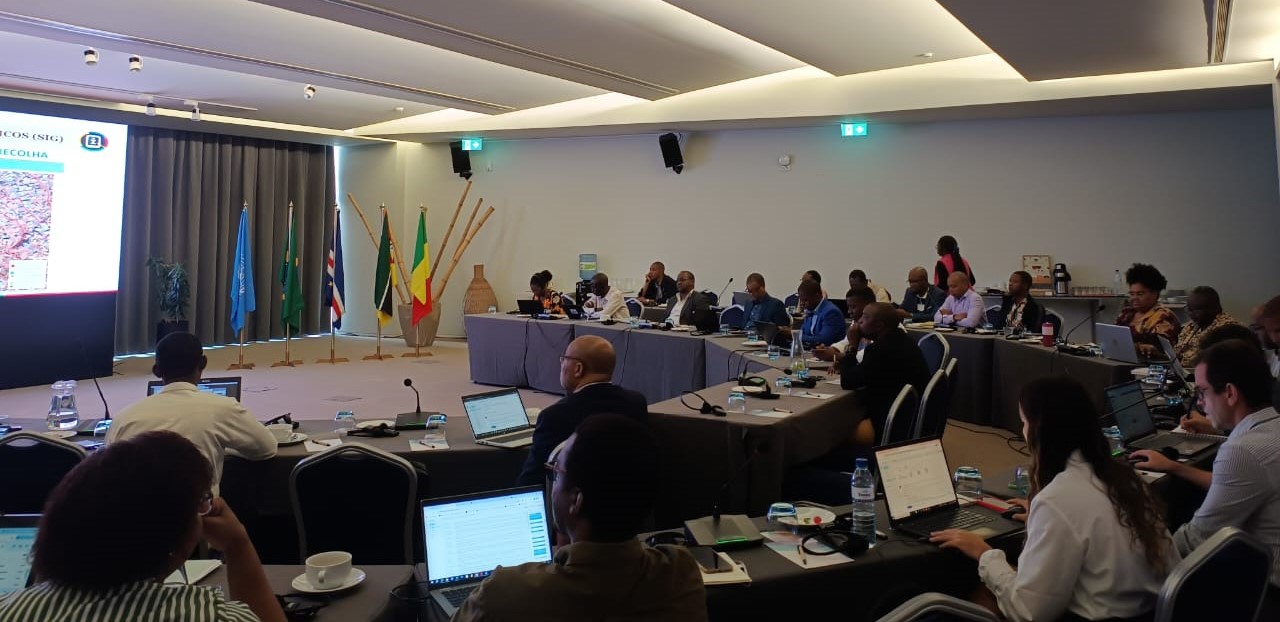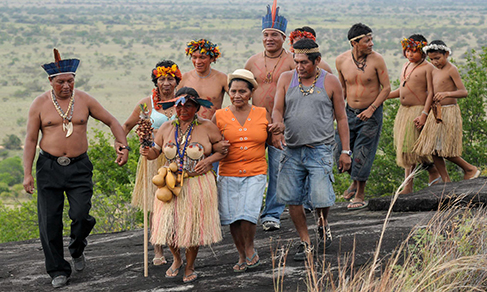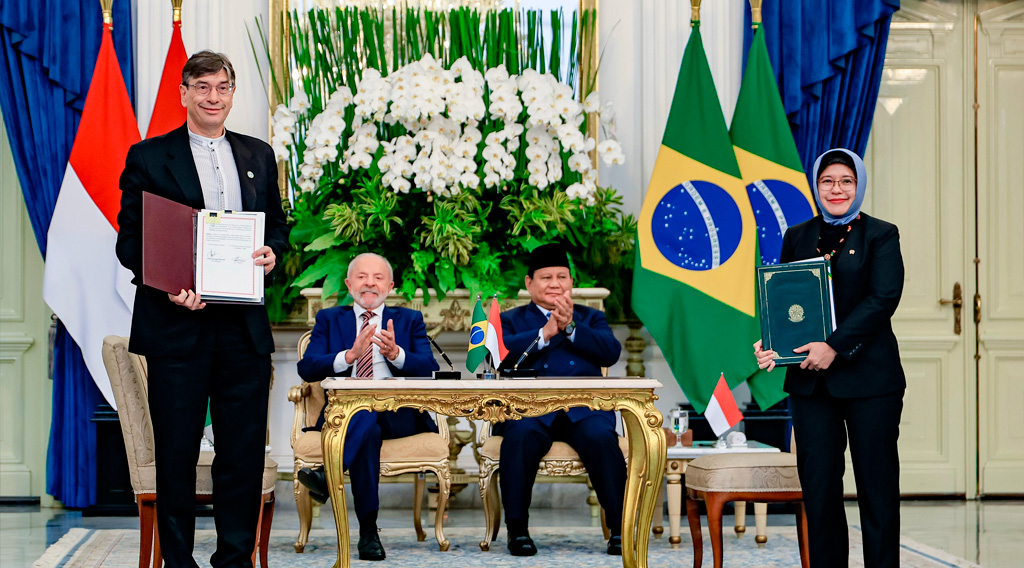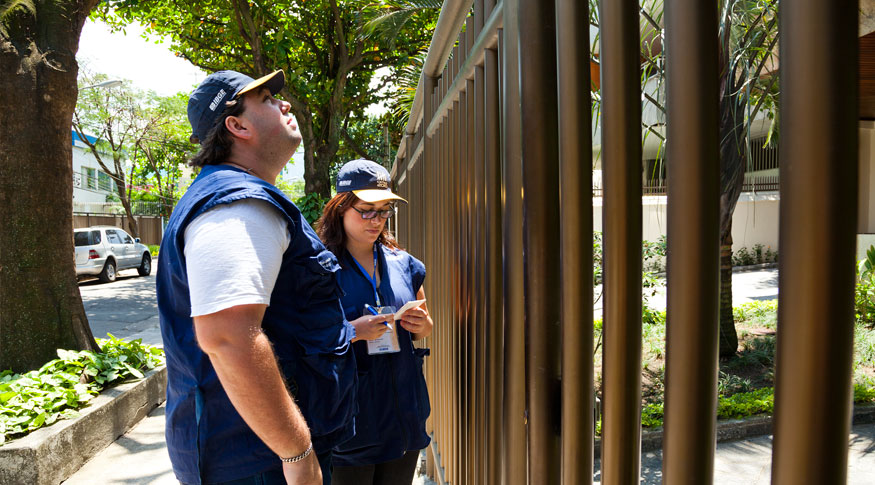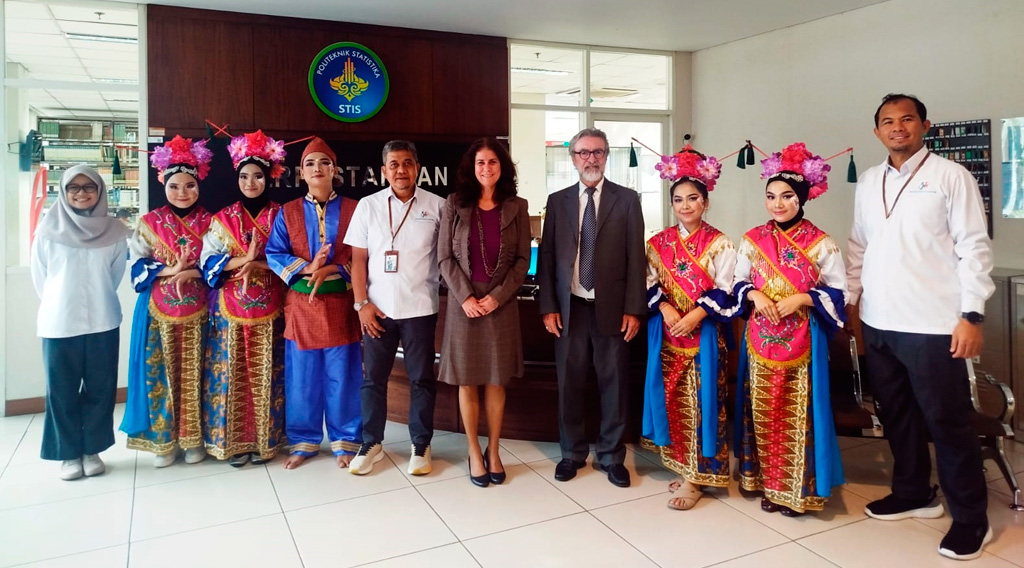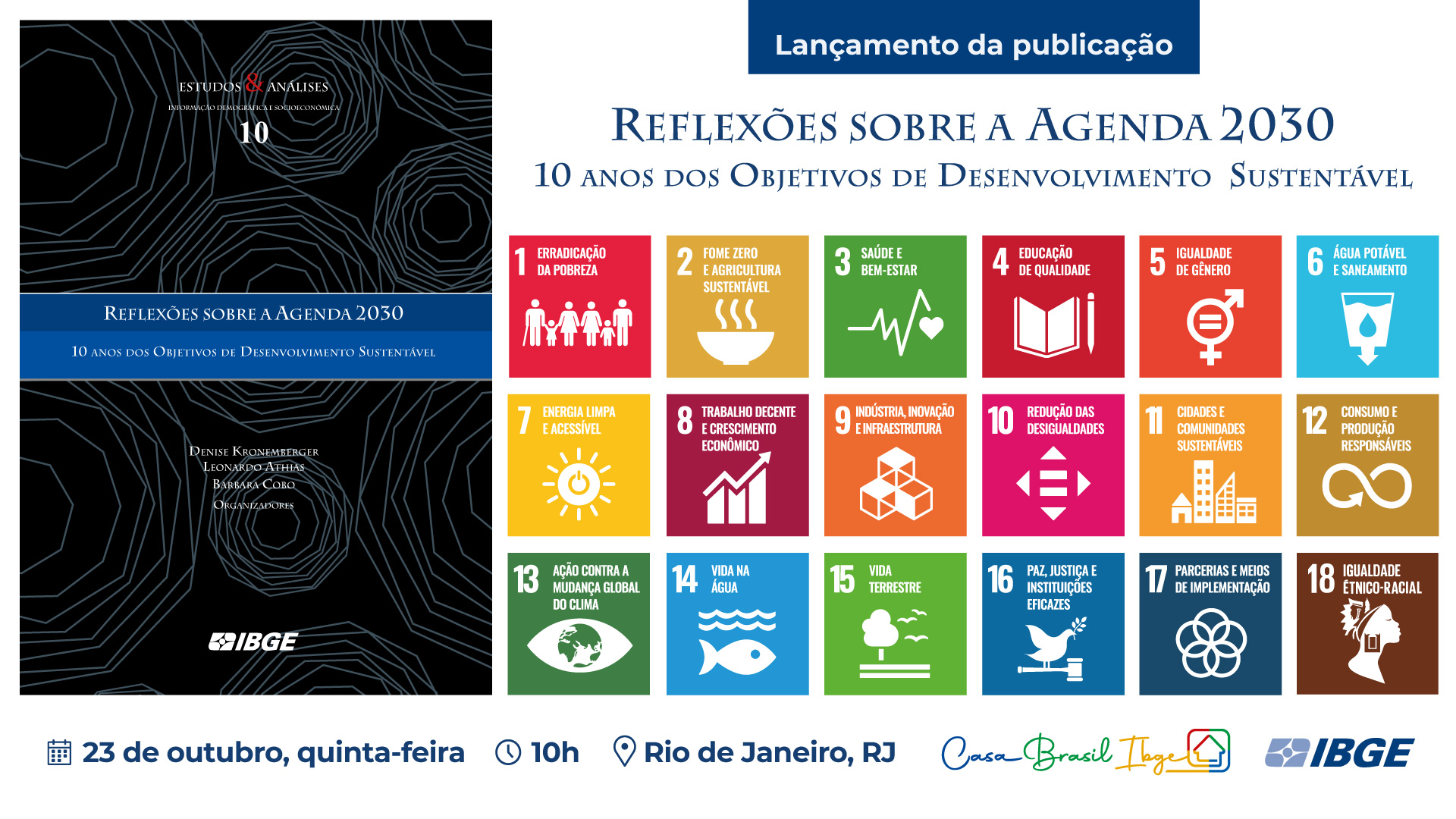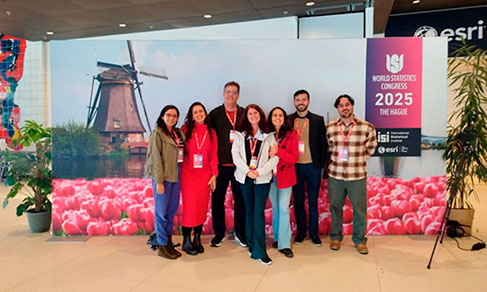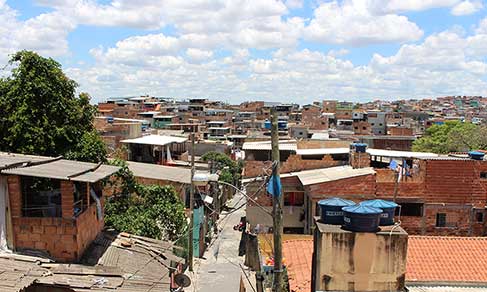REGIC 2018
Campinas, Florianópolis and Vitória are the New Brazilian Metropolises
June 25, 2020 10h00 AM | Last Updated: July 07, 2020 03h40 PM
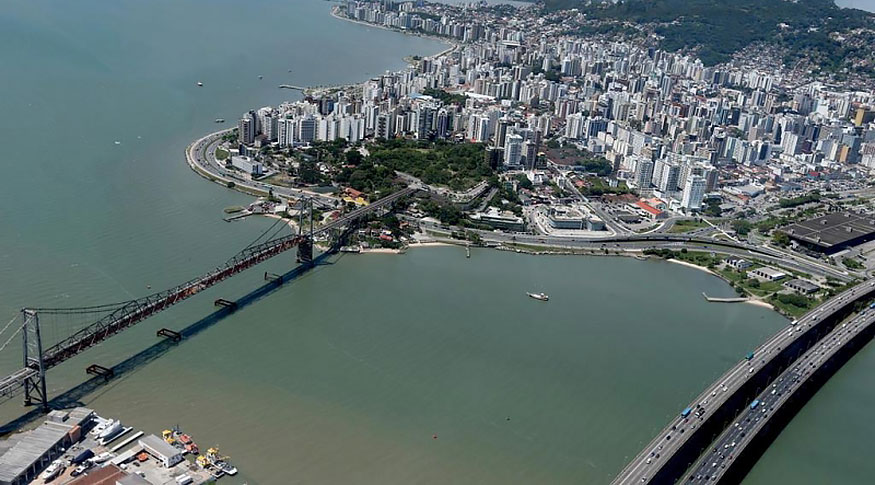
Between 2008 and 2018, Brazil had three new metropolises and 32 cities made into regional capitals in 12 states. However, mobility in the Brazilian urban network is low, as 86% of the cities have not undergone any changes in a ten-year period. This is what the Survey of Areas of Influence of Cities - Regic, released today (25) by the IBGE, reveals. The survey is carried out every ten years and aims at identifying and analyzing the Brazilian urban network, establishing the hierarchy of urban centers and the areas of influence of cities.
Campinas, Florianopolis and Vitória rose in the rank and now compose the group of 15 metropolises, in which São Paulo leads as the great national metropolis and Rio de Janeiro and Brasília as national metropolises. The other metropolises are Belém, Belo Horizonte, Curitiba, Fortaleza, Goiânia, Porto Alegre, Recife, Salvador and Manaus.
“The concept of metropolis in this survey is different from that of the metropolitan areas, which are legal divisions established by the states for planning purposes. The survey delineates the areas of influence related to urban centers and the established connections between cities in the search for goods and services. The final link of each network are the metropolises, where all linkages of all current cities in the national territory converge to.” explains Bruno Hidalgo, manager of IBGE’s Geographic Network and Flows.
Due to great business dynamism, Campinas is the only non-capital metropolis
Campinas is the only metropolis that is not a state capital, due to the great business dynamism in both in its nucleus and areas of influence, as well its demographic capacity, whose network surpasses the 4 million inhabitants. It has the smaller territorial extension among all metropolises (4 thous km²), the lowest number of cities in its network (34) and the second highest demographic density, similar to Rio de Janeiro, with 312 hab./km²
Florianópolis lies in a specific state context of regional capitals with great economic dynamism, as Chapecó, Criciúma, Joinville, Itajaí and Balneário Camboriú. This results in the income participation from Florianópolis representing only 14.1% of GDP produced in all areas of influence, revealing a better territorial distribution of wealth production. Is the fourth smaller metropolis, with less than 100 km² and it has 265 cities in its network.
Vitória’s network has the second smaller area among the metropolises, only higher to Campinas, with a population equivalent to those of Campinas and Manaus. It accounts for 85 cities, with highlight to the regional capital Cachoeiro de Itapemirim (ES), sub-regional centers of Colatina (ES) and Teixeira de Freitas (BA), from where it extends its influence towards Bahia. Half of the GDP produced in the area of influence of Vitória comes from the capital.
São Paulo leads urban hierarchy, followed by Brasília and Rio de Janeiro sharing the second position
The metropolises are subdivided in three levels. São Paulo is the great national metropolis, in the highest position of the country’s urban hierarchy with an influent network of 49 million of inhabitants in 2018 and more than R$2 trillion in the annual GDP, which corresponds to 23.6% of the population and 33.3% of the total income of the country.
The influence range of São Paulo overpasses the state itself, reaching Mato Grosso do Sul, some cities of Paraná’s north region, part of Minas Gerais’ south region and the Minas Gerais Triangle, where it shares its influence with Belo Horizonte. Even with an extension of 690 thous km² , the demographic density of the area of influence of São Paulo is the fourth higher, with 72 hab./km².
The second position in the hierarchy is called national metropolis, occupied by Brasilia and Rio de Janeiro. The Brasilia’s network draws attention due its extension, which corresponds to more than 20% of the national territory. It covers 1.8 million/km², the largest in the country, with 277 cities from 10 states. Due to its extension, the demographic density is low, with less than 7 hab/km². The per capita GDP is the third highest in the country, accounting for almost R$458 billion or R$40 thousand annually per inhabitants.
The Rio de Janeiro’s network stands out due to the high demographic density (35.5 hab/km²), since it is the second biggest Brazilian city in terms of population, however, it occupies a little significant territorial area. It has the second lowest area (49 thous km²), with range limited to the state and part of Minas Gerais’ Zona da Mata (a hill zone).
Moreover, Rio de Janeiro has the second lowest number of cities in its network in Brazil (63 urban centers) and the second highest GDP in absolute terms, corresponding to more than R$640 billion annually. Its urban capacity, apparently incompatible with its urban network, makes the capital concentrate wealth.
Regic shows concentration of urban network in Southeast
The annual survey carries on the previous works published in 1972, 1987, 2000 and 2008. The Brazilian cities were classified, hierarchyly, based on 10 parameters: Territorial Management, Trade and Services, Financial Institution, Higher Education, Health, Information, Communication, Culture and Sports, Transportation, Agricultural activities; and International Links.
The 2018 Regic shows that each metropolis has it own area of influence which, together, covers all the country. The hierarchy of the urban centers were divided in five levels. To the 15 metropolises, 97 regional capitals, 352 sub-regional centers, 398 zone centers and 4,037 local centers converge.
Most metropolises are in the Southeast Region, as well the two following levels (regional capitals and sub-regional centers). The zone centers and local centers are more concentrated on the Northeast Region. The regional capitals are the urban centers with high density of management activities, but with less coverage in terms of area of influence compared to the metropolises.



